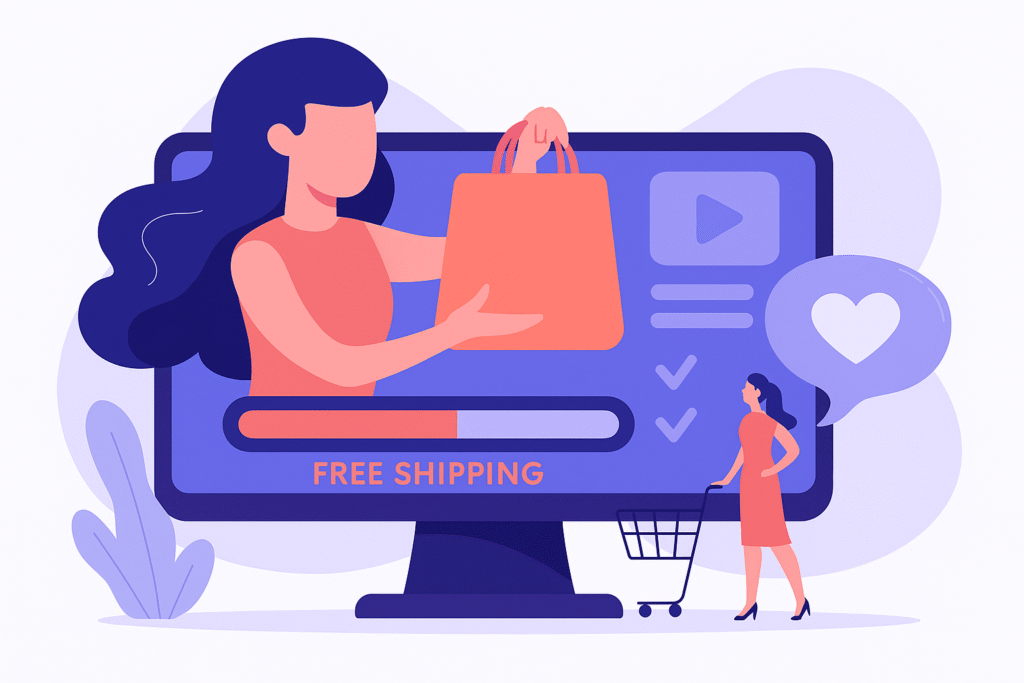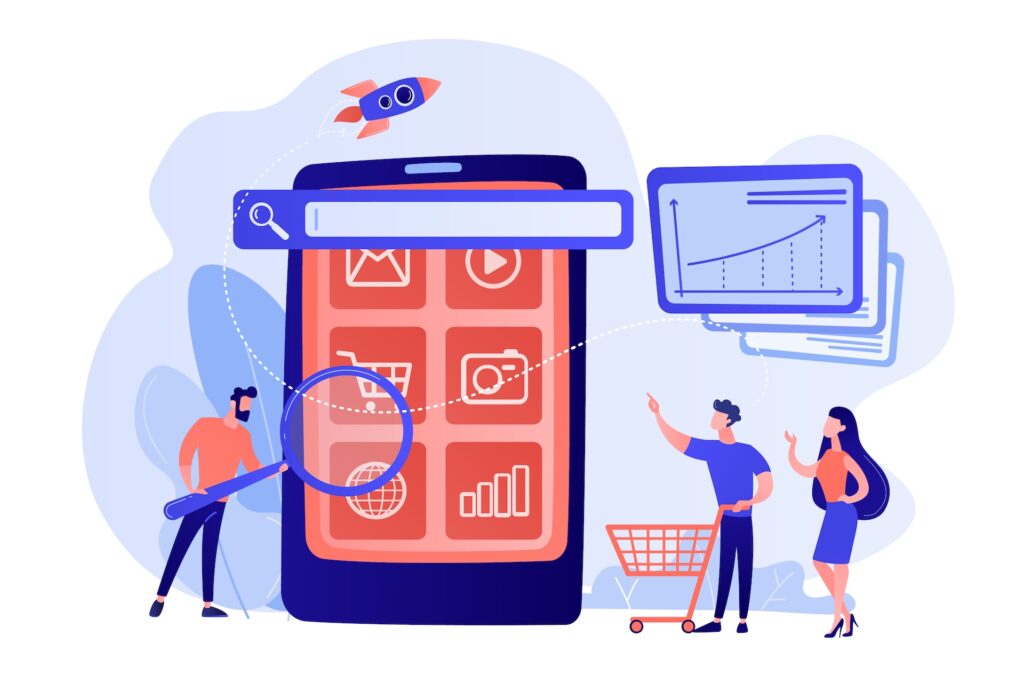Free shipping doesn’t just save your customers money—it changes how they feel about shopping. It removes friction, softens the pain of paying, and creates a subtle incentive to buy more.
In this article, we’ll explore the psychology behind free shipping—why it works so well, what research says about its impact, and how you can apply these insights to increase conversions and cart value in your store.
Bonus: if you’re running your shop on WooCommerce, there’s a simple way to turn this psychology into action with a smart visual tactic. We’ll cover that toward the end.
The Pain of Paying: Why Extra Costs Hurt More Than You Think
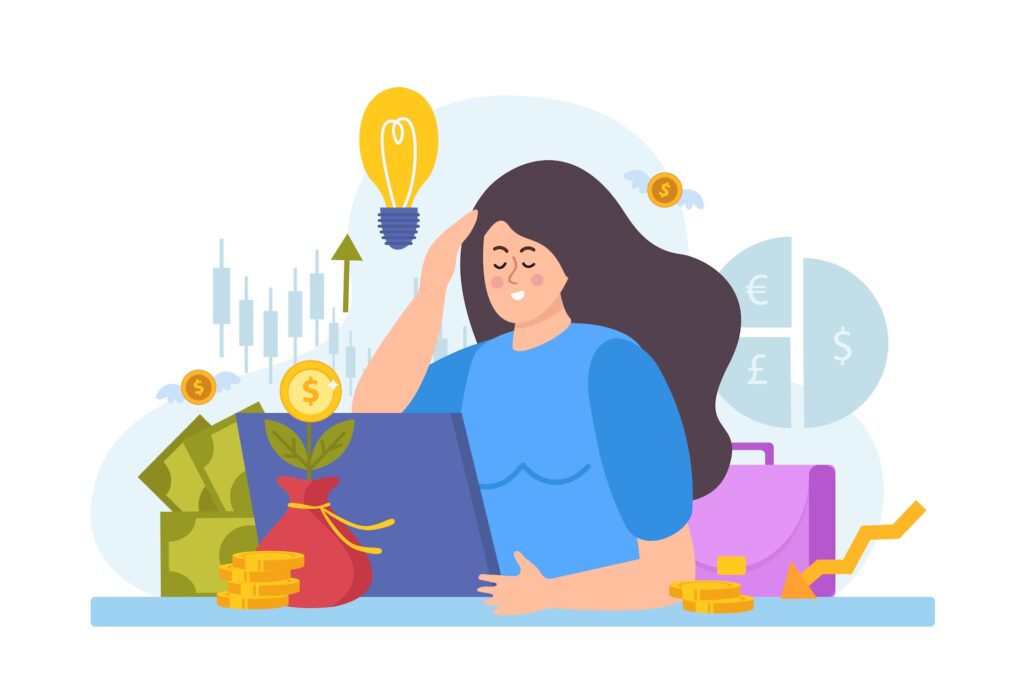
Have you ever hesitated at checkout—even when you wanted the product—just because of an unexpected cost? That’s the “pain of paying” in action.
It’s a well-documented psychological response: people experience a sense of loss when parting with their money, often more intensely than the joy of gaining something in return. Shipping fees amplify that pain because they feel like a surcharge with no tangible benefit.
Even small extra costs can trigger hesitation or cart abandonment—especially if shoppers expected the total to stay close to the product price.
This is why free shipping is so powerful: it reduces that psychological pain and reframes the purchase as a better deal.
Why Free Shipping Matters More Than You Think
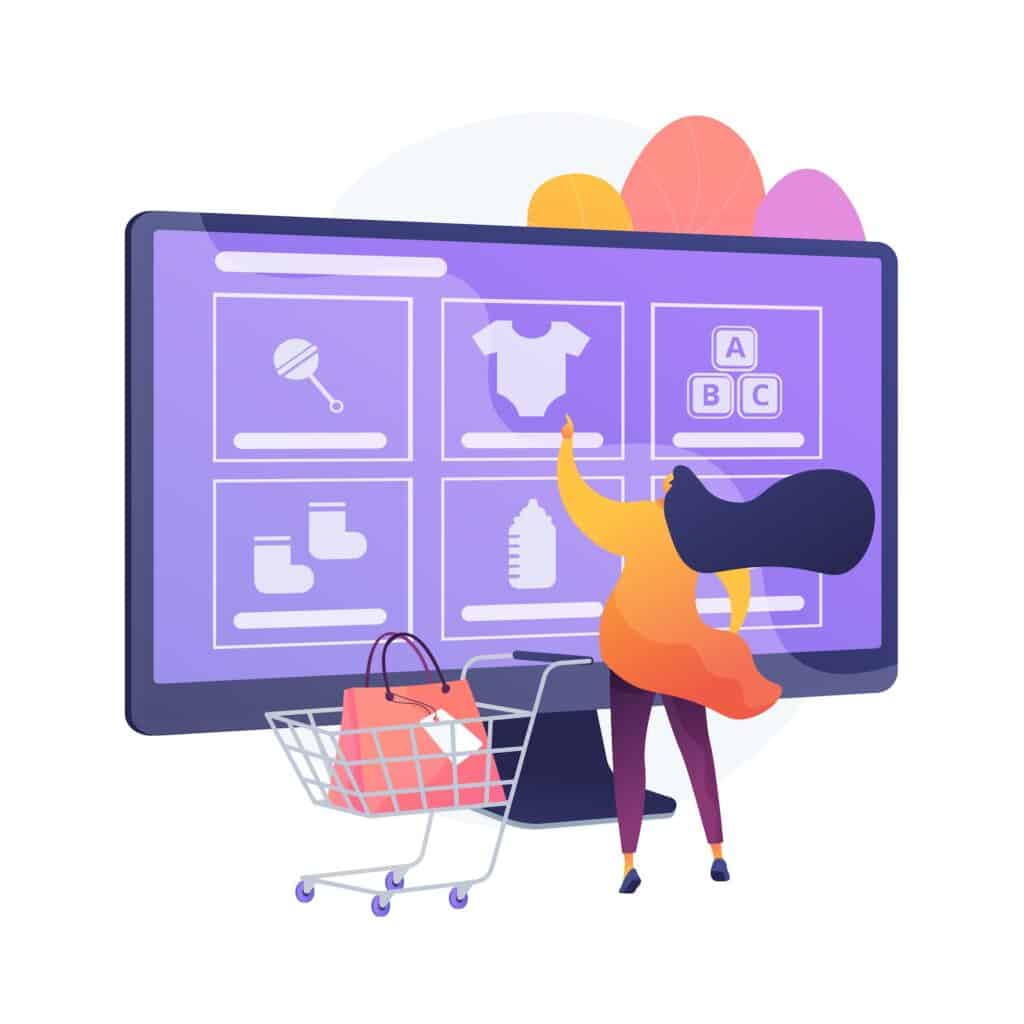
Free shipping isn’t just a nice-to-have—it’s often the deciding factor between a completed order and an abandoned cart.
Studies show that unexpected costs are one of the biggest conversion killers. According to the Baymard Institute, nearly 70% of shoppers abandon their carts—and shipping fees are consistently among the top reasons why.
What’s interesting is that many customers are willing to pay a higher product price if it means they don’t have to pay for shipping. It may seem irrational, but psychologically, “free shipping” feels like a win—even if the total cost ends up the same.
Retailers like Notino, for example, strategically use free shipping promotions on select products or during seasonal events. These offers nudge customers to try new items or spend just a bit more to unlock the benefit. It’s subtle, but incredibly effective.
In short, free shipping doesn’t just save money—it drives purchasing behavior, reduces drop-offs, and boosts customer satisfaction.
Can Free Shipping Really Increase Sales?

Absolutely—and not just by a little.
When you set a free shipping threshold, you’re giving customers a goal. This turns free shipping into a reward—and most shoppers are happy to spend a bit more to get it.
Let’s say your threshold is slightly above the customer’s current cart value. Instead of removing items, they’re more likely to add one or two to unlock free shipping. The result? A higher average order value, without needing to discount your products.
Free shipping also reduces hesitation at checkout. When there are no extra costs, shoppers feel more confident hitting “Place Order.”
➡️ Want to make this strategy even more effective? See how a progress bar can nudge shoppers to complete their purchase.
Finally, if your store offers free shipping and your competitors don’t, you’re already one step ahead—most shoppers will choose you even if your base prices are slightly higher.
In short: free shipping removes friction, creates motivation, and encourages bigger baskets.
How Do Customers React to Free Shipping?
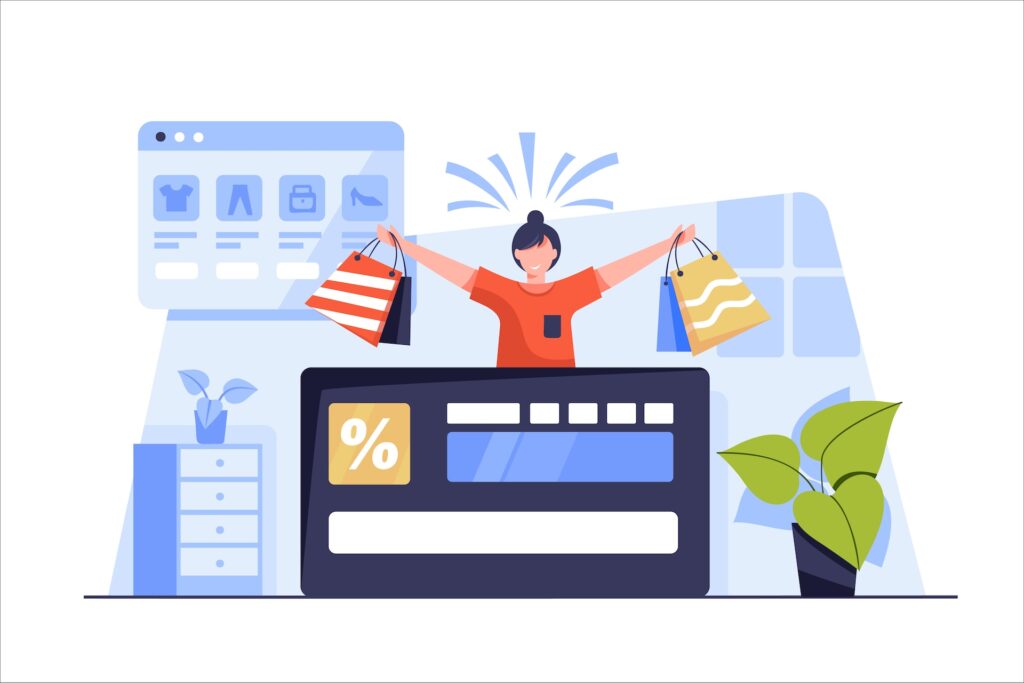
Customers don’t just like free shipping—they’ve come to expect it.
Over the years, studies have consistently shown how influential free shipping is on buying decisions:
- 80% of shoppers have abandoned their carts due to lack of free shipping (UPS, 2014).
- 90% say free shipping is their top incentive to shop online (Marketing Land, 2016).
- 68% would recommend a store that offers a free shipping threshold.
- 80%+ of customers are willing to wait longer for free shipping (FedEx, UPS).
These numbers show that free shipping isn’t just a perk—it’s a key driver of purchase intent, loyalty, and word-of-mouth marketing.
Even more interesting: many customers will accept slower delivery times if it means they don’t have to pay extra. That gives you flexibility to use lower-cost shipping methods without hurting conversions.
Of course, some customers will still choose express options—but when you offer both, you’re catering to every kind of buyer. That’s a win for customer experience and your margins.
Free vs. Fast Shipping: Which One Do Shoppers Value More?
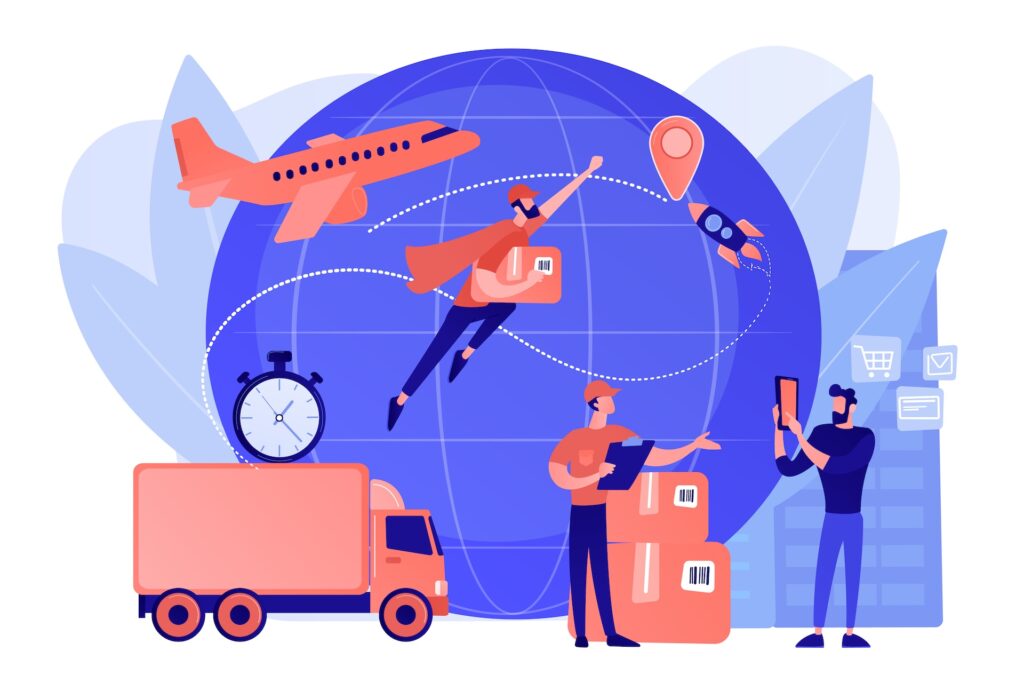
When it comes to shipping, faster isn’t always better—at least not when there’s a price tag attached.
According to a Deloitte holiday retail survey, a staggering 85% of shoppers said free shipping was more important than fast shipping. Only 15% preferred speed over savings.
But here’s the catch: customers care more about certainty than speed. If you promise a delivery window—free or paid—what matters most is that it’s accurate. Delays or unclear timelines can quickly erode trust, no matter how good the deal sounds.
That’s why many successful stores offer both:
- A free, slower option for budget-conscious buyers.
- A paid, faster upgrade for those who need it now.
By doing this, you’re letting customers choose the experience that fits them—while using the power of “free” to keep your conversion rate high and your shipping costs manageable.
In short, free shipping is the default expectation. Fast shipping is just the bonus.
Boost Conversions with a Free Shipping Progress Bar

Offering free shipping is great—but showing shoppers how close they are to unlocking it? Even better.
A progress bar is one of the simplest ways to turn casual browsers into committed buyers. Our Free Shipping Label plugin adds a fully customizable progress bar to your WooCommerce store, helping you drive more sales with visual motivation.
Here’s how it works:
- ✅ Encourages higher cart values by showing how much more is needed to qualify.
- ✅ Reduces cart abandonment by making shipping feel like a reward instead of a fee.
- ✅ Keeps customers engaged with real-time updates in the cart, checkout, mini-carts, and more.
Want to go beyond free shipping? With the FSL Discount Add-on, you can create tiered progress bars that unlock discounts, free gifts, or auto-applied coupons as customers spend more.
It’s a subtle nudge with powerful results.
👉 Try it free or start a 7-day Pro trial to see the impact yourself.
Final Thoughts: Make Free Shipping Work Harder for You
Free shipping isn’t just a perk—it’s a powerful psychological tool that influences how customers perceive value, make decisions, and complete purchases.
By understanding the emotions behind shipping costs, you can create strategies that reduce friction, boost average order value, and set your store apart from the competition.
And when you combine free shipping with a clear visual progress bar, you’re giving shoppers both a reason to spend more and the motivation to follow through.
Whether you’re just getting started or looking to improve conversions, this approach is simple, effective, and proven to work.
Try our Free Shipping Label plugin to turn psychology into action—and your cart totals into completed orders.
